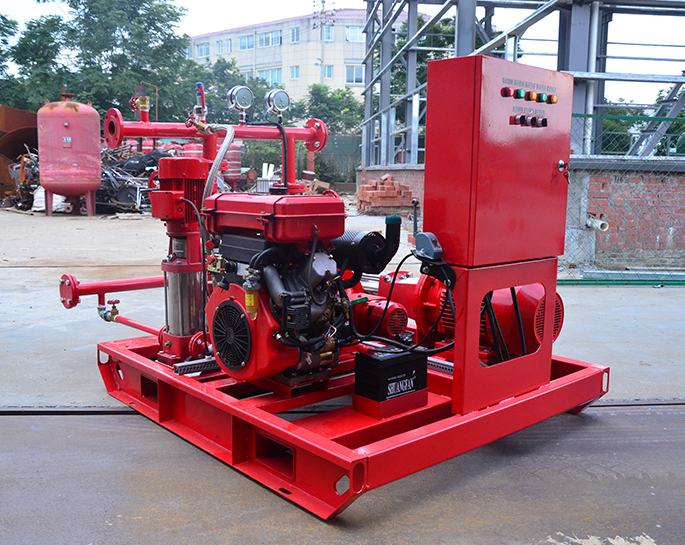Training building occupants on the proper use of fire pumps and firefighting equipment is crucial for ensuring their safety in case of a fire emergency. Here are some steps you can take to train building occupants effectively:
1. **Develop a Training Program:**
- Design a comprehensive training program that covers the use of fire pumps, fire extinguishers, hoses, and other firefighting equipment.
- Tailor the program to the specific layout and features of your building.
2. **Identify and Communicate Emergency Exits:**
- Ensure that occupants are aware of the location of emergency exits and evacuation routes.
- Conduct regular drills to practice evacuation procedures.
3. **Provide Information on Fire Equipment:**
- Clearly label and provide instructions on how to use fire pumps, fire extinguishers, fire hoses, and other firefighting equipment.
- Use signage and visual aids to enhance understanding.
4. **Hands-On Training:**
- Organize hands-on training sessions where occupants can practice using fire equipment under controlled conditions.
- Ensure that participants are comfortable with the operation of fire pumps and other devices.
5. **Regular Refresher Training:**
- Conduct regular refresher training sessions to reinforce knowledge and skills.
- Keep occupants informed about any updates or changes in firefighting procedures or equipment.
6. **Communication Systems:**
- Establish effective communication systems for alerting occupants in case of a fire.
- Train occupants on how to use communication devices and systems to report emergencies.
7. **Collaborate with Emergency Services:**
- Coordinate with local fire departments or emergency services for additional training support.
- Invite professionals to conduct training sessions or provide guidance.
8. **Emergency Response Teams:**
- Designate and train specific individuals or teams within the building to act as emergency response teams.
- Ensure they are well-versed in using fire pumps and other firefighting equipment.
9. **Documentation:**
- Keep records of training sessions, attendance, and any incidents related to fire safety.
- Use feedback to improve and update the training program as needed.
10. **Promote a Culture of Safety:**
- Foster a culture of safety within the building.
- Encourage open communication about potential fire hazards and the importance of following safety protocols.
Remember that regular and thorough training, coupled with a clear understanding of emergency procedures, is key to ensuring that building occupants are well-prepared to respond to a fire emergency.



